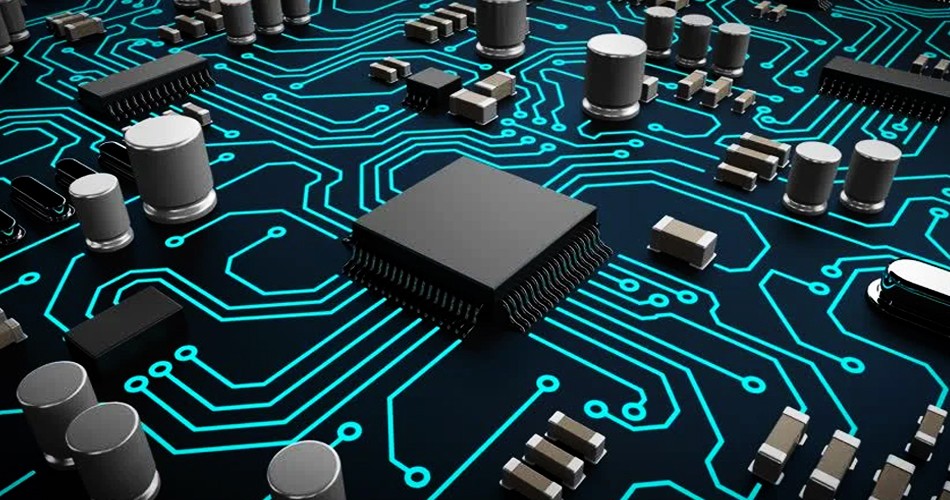- English
- Español
- Português
- русский
- Français
- 日本語
- Deutsch
- tiếng Việt
- Italiano
- Nederlands
- ภาษาไทย
- Polski
- 한국어
- Svenska
- magyar
- Malay
- বাংলা ভাষার
- Dansk
- Suomi
- हिन्दी
- Pilipino
- Türkçe
- Gaeilge
- العربية
- Indonesia
- Norsk
- تمل
- český
- ελληνικά
- український
- Javanese
- فارسی
- தமிழ்
- తెలుగు
- नेपाली
- Burmese
- български
- ລາວ
- Latine
- Қазақша
- Euskal
- Azərbaycan
- Slovenský jazyk
- Македонски
- Lietuvos
- Eesti Keel
- Română
- Slovenski
- मराठी
- Srpski језик
Power consumption optimization and battery management in PCBA design
2024-03-24
In PCBA design, power consumption optimization and battery management are crucial, especially for embedded systems or portable devices that rely on battery power. Here are some key strategies and tips for power optimization and battery management:

Power Consumption Optimization:
1. Choose low-power components: In PCBA design, choose low-power microprocessors, sensors, communication modules and other electronic components to reduce the power consumption of the entire system.
2. Dynamic voltage and frequency adjustment: Use dynamic voltage and frequency adjustment technology in PCBA design to reduce the voltage and frequency of the CPU and other components according to workload requirements to reduce power consumption.
3. Hibernation and Sleep Mode: When the device is inactive or idle, put it into low-power hibernation or sleep mode to minimize power consumption. When the device wakes up, it immediately enters normal working mode.
4. Power management chip: Use a specialized power management chip in PCBA design to achieve effective power consumption optimization, power switching and power failure detection.
5. Software optimization: Minimize CPU activity time by writing efficient embedded software, such as using delays, interrupts, and low-power operating systems.
6. Automatically close unused interfaces: Automatically close unused peripheral interfaces in PCBA design, such as USB, Wi-Fi, Bluetooth, etc., to reduce their power consumption.
7. Optimize communication protocol: Optimize wireless communication protocol to reduce power consumption during communication. Low-power communication standards such as Bluetooth Low Energy (BLE) can be used.
Battery Management:
1. Battery selection: Select a high energy density and long life battery type suitable for the application, such as lithium-ion batteries.
2. Battery protection circuit: Include battery protection circuit in the design to prevent overcharge, over-discharge, short circuit and other problems and extend battery life.
3. Battery status monitoring: Use battery management chips to monitor the status, voltage and temperature of the battery, and provide power estimates.
4. Charging management: Adopt an effective charging management system to ensure that the battery is fully charged safely and efficiently during charging.
5. Low battery alarm: Implement the low battery alarm function in PCBA design to notify users that the battery power is about to be exhausted so that they can be charged or replaced in time.
6. Battery optimization strategy: Develop battery optimization strategies, such as delaying tasks, limiting functions, or adjusting performance, to extend battery life.
7. Charging interface design: Design a suitable charging interface and charging circuit to ensure that the battery can be charged safely and quickly.
8. Battery life prediction: By monitoring the performance and usage of the battery, predict the battery life and perform maintenance or replacement when necessary.
By comprehensively considering power consumption optimization and battery management strategies in PCBA design, longer battery life, higher system performance, and better user experience can be achieved, especially for battery-powered applications such as mobile devices and wireless sensor networks.
-
Delivery Service






-
Payment Options









